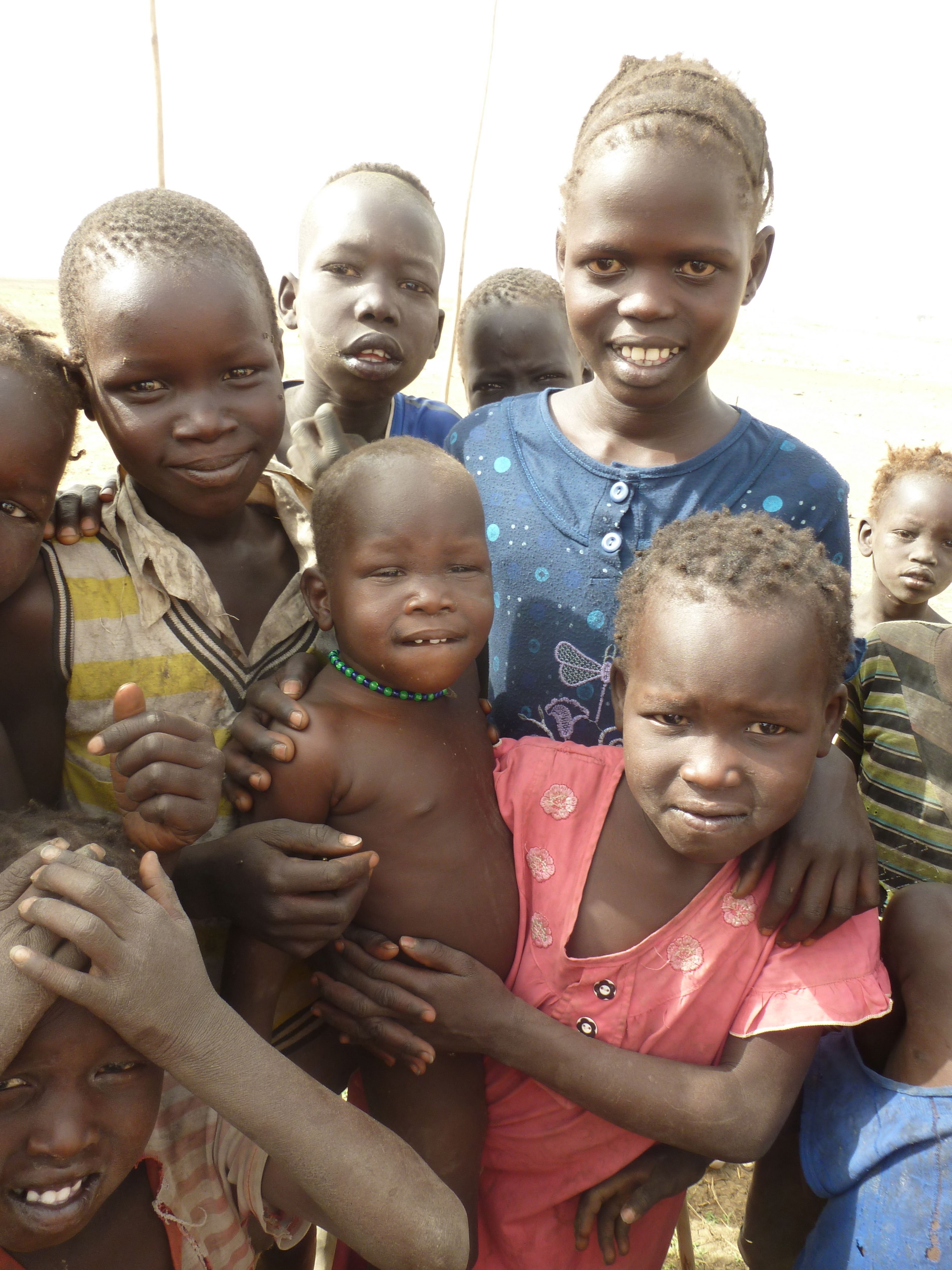
Sudan’s second civil war and U.S. humanitarian efforts elevated the “lost boys” to widespread recognition. But little attention has been paid to the “lost girls” of Sudan. As South Sudan plunges back into violent conflict, the risks girls face are mounting, including sexual and gender based violence.
Though the plight of the lost boys is well known, the story of Sudan’s lost girls is often overlooked. While the new feature film The Good Lie documents the story of three lost boys and their sister’s journey to the United States, the reality for Sudan’s lost girls is that few were afforded the same opportunities as their male counterparts, although they faced many of the same challenges.
An article in the Boston Globe, How the lost girls became the forgotten girls, highlights that out of 3,700 children chosen to start a new life in America, only 89 were girls. The reason for the discrepancy is not just that these girls were overlooked, but that there are social and cultural norms against it. Not only that, but most orphaned girls were adopted by refugee families or married young.
In the three years since South Sudan gained independence, the challenges facing women and girls have been staggering. For poverty stricken families with limited resources, priority is often given to boys to attend school. Girls are often responsible for domestic chores in rural households and may be married off at a young age.
Now that South Sudan has returned to conflict, girls are at even greater risk of sexual and gender based violence. A report by Amnesty International released in May 2014 documented horrific accounts of violence against women and girls as a result of the civil war.
The risk of sexual violence for girls rises exponetially with armed conflict. A recent article by Al Jazeera draws attention to the rise of child prostituion in the capital city Juba. The article suggestions, “Up to 500 girls out of Juba's estimated 3,000 street children could be engaged in child prostitution.”
Previously, most of Juba’s sex workers were from neighboring countries. Many of them returned home when the fighting broke out, leaving South Sudanese girls to fill the gap in the market place. The breakdown in family structures during wartime and the loss of parental figures has forced some children to seek out alternative ways to make a living. Boys may become child soldiers, but for girls with few alternative options, prostitution is often the most lucrative means to do so.
The 2014 U.S. Department of State Trafficking in Persons Report notes that, “Child prostitution continued to rise in Juba during the reporting period, as did the number of street children and child laborers—two groups that are highly vulnerable to labor and sexual exploitation.”
To make matters worse, those that are supposed to protect children, including the police, are often complicit in their abuse. So far, the Government of South Sudan has failed to prosecute any individuals for crimes related to child prostitution. Without swift action by the government, the exploitation of children will continue with impunity.
Confident Children out of Conflict (CCC), a local non-profit, has been deeply engaged in responding to the increased risks the conflict has posed for young boys and girls. A recent visit by Humans of New York photographer Brandon Stanton as part of his United Nations world tour, beautifully and touchingly documented the brave work of CCC and the organizations founder and director Cathy Groenendijk providing love, support, and safe haven to young girls and boys.
A new generation of lost girls is already at risk by the renewed conflict. Until the war is brought to an end by creating consequences for South Sudan’s warring elites, groups such as CCC can only just begin to skim the surface of the needs of South Sudan’s children – lost boys and girls.
Editor's note: Former Enough Project intern Irina Balytsky contributed to this post.
Photo credit: Children in Mayom, Unity State. Justine Fleischner, 2013.

